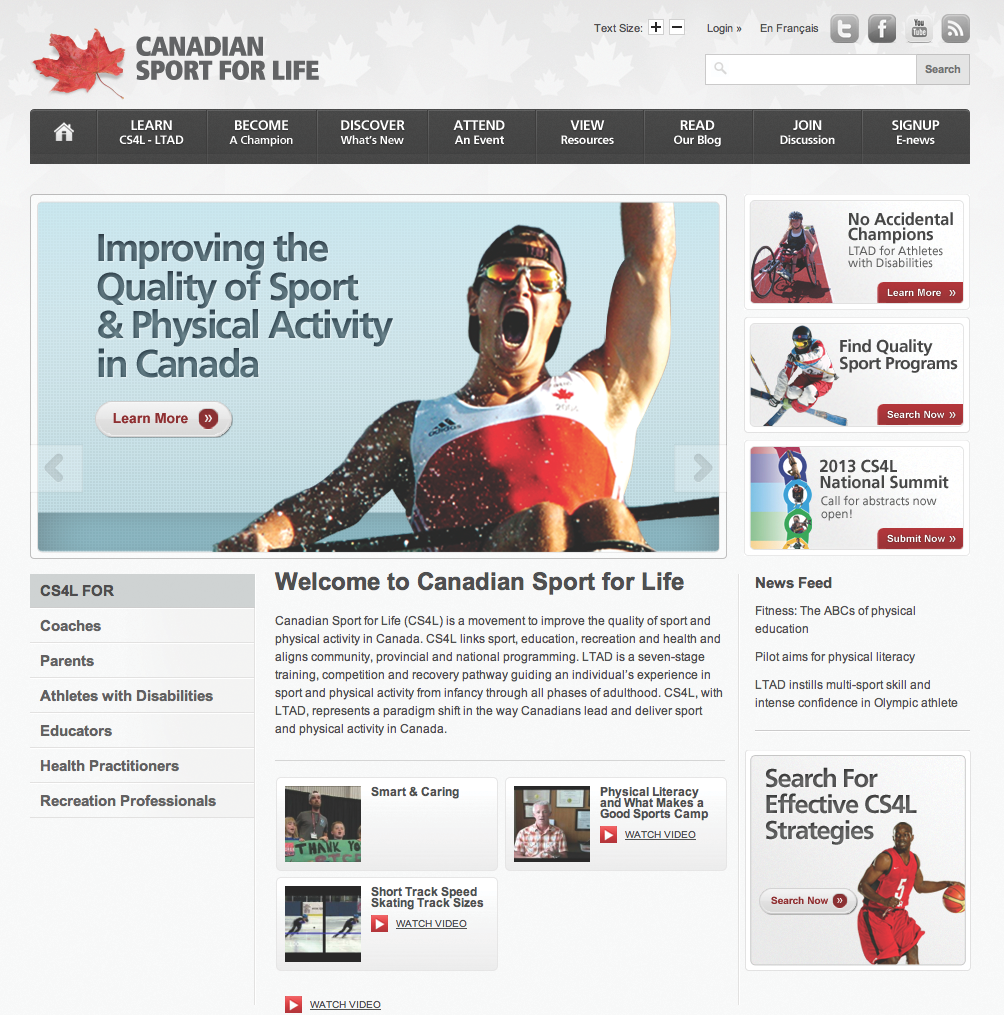By Damon-Leedale Brown, Sports Scientist & Conditioning Specialist
Squash is a movement-based sport and a major part of success especially at higher levels of play is based around proficient athletic and movement skills. The ability to move well carries across all racket sports (squash, tennis, badminton) and field based team sports (soccer, lacrosse, hockey, etc.), and the key time to develop foundation movement skills is at a young age.

Physical literacy is a term that has been used within Long Term Athlete Development (LTAD) models which became a major focus of most national sport talent development programs in the late 90’s and early 2000’s. These LTAD programs were based around the extensive work of Istvan Balyi who is considered the founder of the LTAD concept and models.
Physical literacy summarizes the successful acquisition and development of the following:
• ABC’s (agility, balance, coordination and speed) of sports performance
• The Fundamentals of athletics (running, throwing and jumping)
• KGB’s (kinesthetic sense, gliding, buoyancy and striking with an implement)
• CPK’s (catching, passing, kicking and striking with a body part).
To put it more simply, Physical Literacy can be defined as the mastery of Fundamental Movement Skills combined with Fundamental Sports Skills. Unfortunately this is often where the problems lie in that children are not exposed enough to activities, games and training that will help promote the acquisition of fundamental movement and sport skills.
I see many examples in structured youth sport where there is very little understanding shown, or effort made, to help develop movement proficiency in young athletes. Herein also lies the danger of placing young kids in too structured of a coaching environment at an early age where they are not given the freedom to develop movement through play and experimentation. Instead they are very quickly put under constraints imposed by a coach who potentially has technical knowledge of the sport but limited understanding of developing movement skills in young athletes.
I have personal experience with my 8 year old son Oliver and his first foray into Lacrosse which, as an Englishman, I admit to knowing very little about! The weekly clinic sessions were taken by three coaches with a group of approximately 12 kids. I would stand and watch as they lined the 12 kids up, and one at a time would have them go out and recover a ball thrown by the coach—all while the other 11 kids stood doing nothing and very quickly got bored! It would have been very easy for the coaches to split the kids into groups of four with the same drill so at least they were going 1 in 4 as opposed to 1 in 12. Why not have the kids roll the ball out for a partner who then collected and returned before switching, involving all the kids at once and keeping them active, moving and practicing technical skills for much of the session? In effect, in a one hour session they were lucky if they did 5-10 minutes of activity or movement. As you can imagine this was very frustrating for me to watch as a coach! The warm up typically involved running out to a set point across the field and coming back. Why not throw down some cones and do some fun agility drills with the kids as part of the warm up while at the same time helping to develop their movement skills?!
So how do we help young kids develop Physical Literacy and become proficient in fundamental movement skills. The LTAD model considers the first stage of athlete development the FUNdamental stage and bases it on an approximate age range of 6-8 for Girls and 6-9 for Boys. It considers the key points for this stage:
• Kids need to sample a wide range of movement activities in fun, playful and creative environments;
• Emphasis on development of basic movement skills, not formal competitive events;
• Parents involved and supportive, encouraging participation in as many different activities as possible;
• Speed, power and endurance developed using fun games and challenges; and
• Lots of FUN!
As a parent of a budding young athlete I would add to this trying to make time to do different sports and activities with your kids and be careful of pushing young kids into too heavily a structured coaching environment at too early an age—which may in fact hinder their development of movement proficiency.
From a coaching perspective in squash try getting the kids involved in lots of different movement skills games with and without the ball—cones, footwork ladders, colored targets, sponge balls and jump ropes are all great pieces of equipment for these activities.
Tomorrow I will be traveling up to Brooklyn Heights Casino for a day of consultancy with their juniors as part of a weeklong training camp—the main focus of the day with all the juniors will be developing proficient movement through age appropriate training activities and conditioned games.





